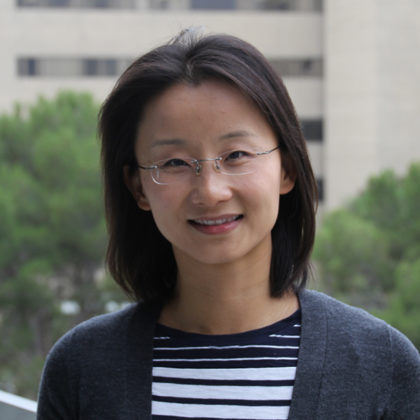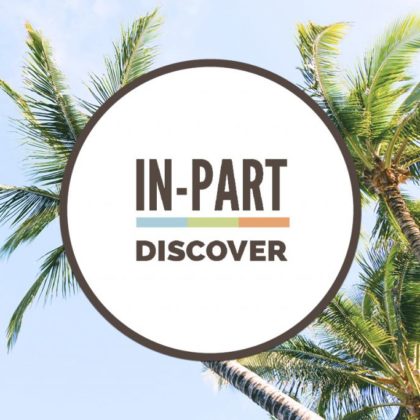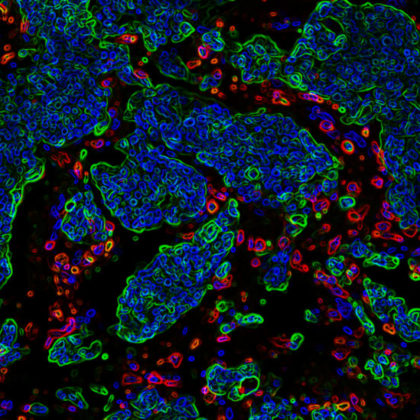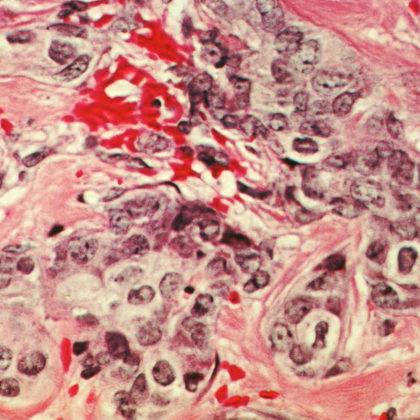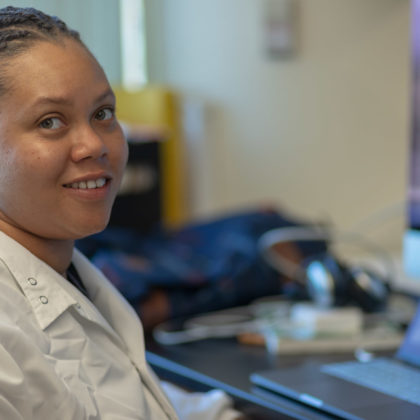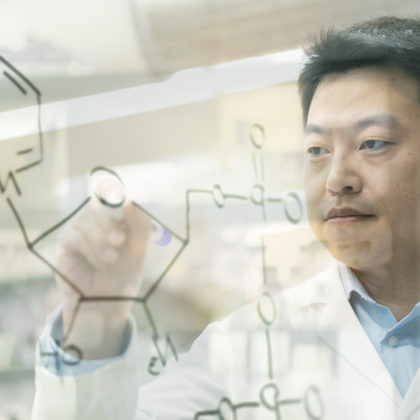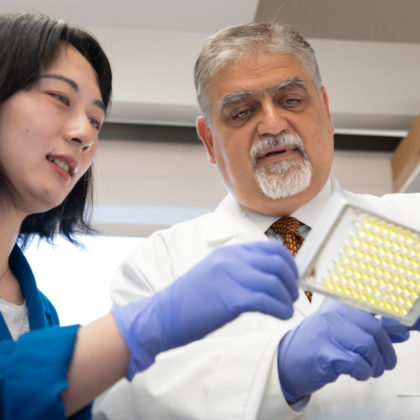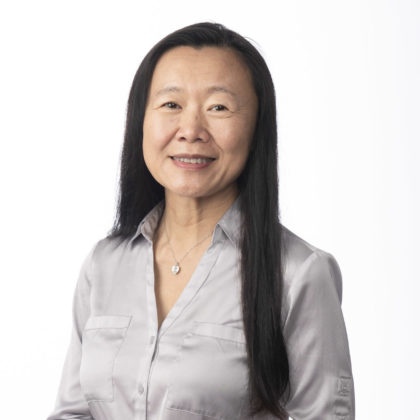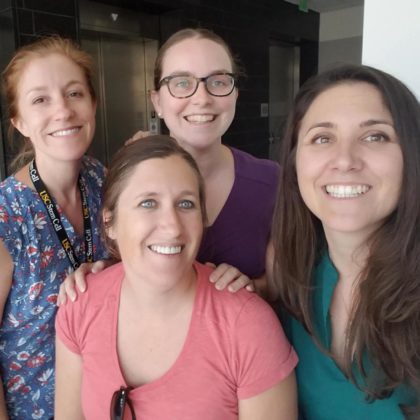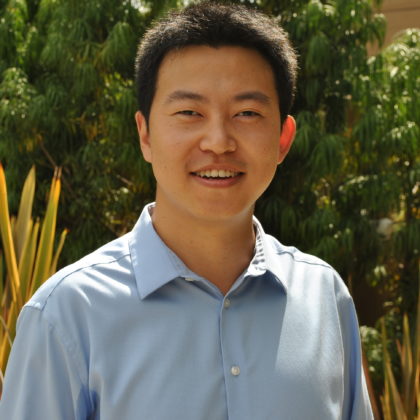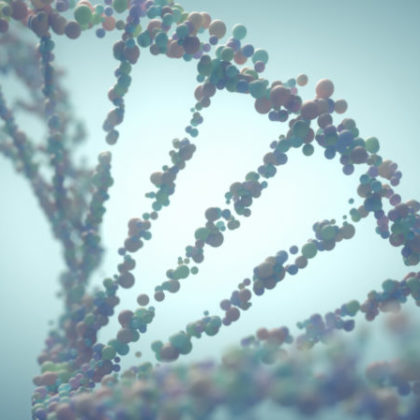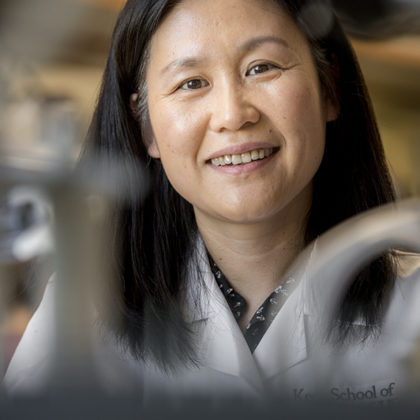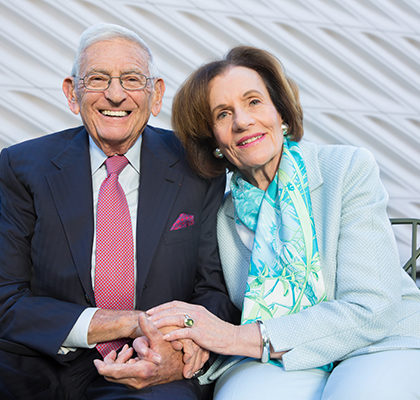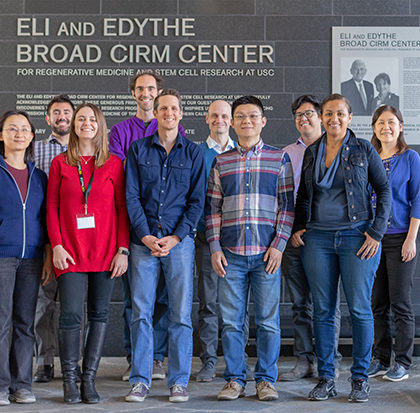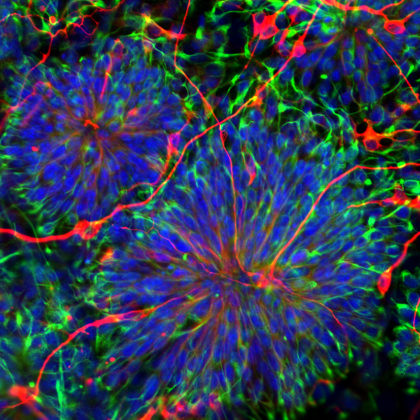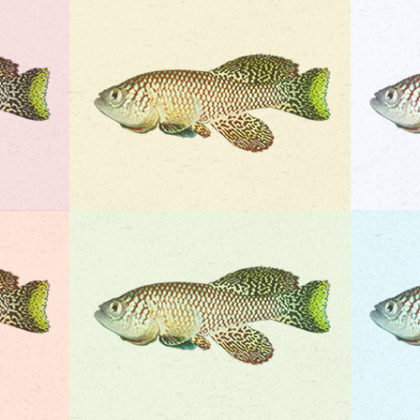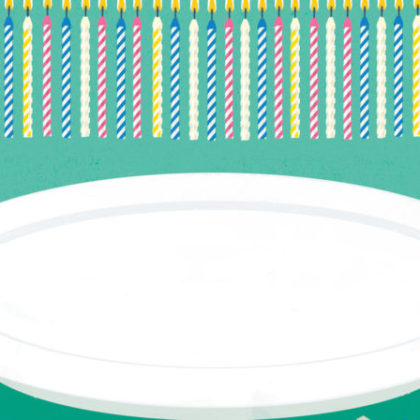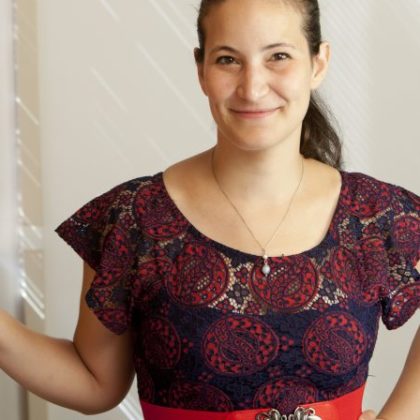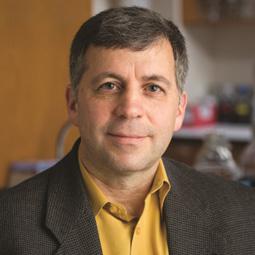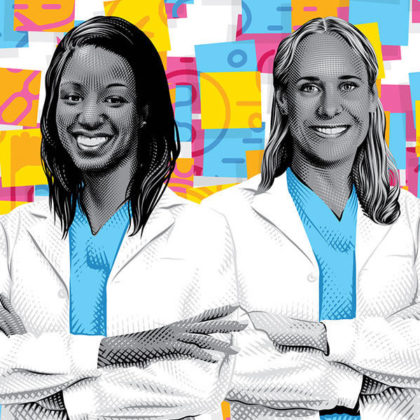USC Stem Cell scientist Rong Lu named Leukemia & Lymphoma Society Scholar
Why do some leukemia patients have more aggressive disease, and why do some of their cancer cells resist treatment? USC Stem Cell scientist Rong Lu is tackling these critical questions with $550,000 …
USC finds new routes to industry engagement and funding
Story courtesy of In-Part Over the last year, Dr. Qing Liu-Michael, Program Director at USC Stem Cell and the Eli and Edythe Broad Center for Regenerative Medicine and Stem Cell Research at …
Research reveals why breast cancer spreads to the brain
USC researchers have determined how cancer cells target certain organs, which could help develop treatments to slow or stop the disease from spreading. Most cancers kill because tumor cells spread beyond the …
Keyue Shen to lead ongoing research initiative into cancer metastasis
Cancer is the world’s second leading cause of mortality. According to the World Health Organization, it was responsible for around 9.6 million deaths in 2018. Yet over 90 percent of cancer deaths …
Ebony Flowers named Choi Family Postdoctoral Fellow at USC Stem Cell
For Ebony Flowers, a postdoctoral fellow in the USC Stem Cell laboratory of Min Yu, doing science is ultimately about helping patients. “The fact that Min Yu’s Lab is looking at actual …
$990,000 New Investigator grant awarded to Yong (Tiger) Zhang
Yong (Tiger) Zhang, PhD, assistant professor of pharmacology and pharmaceutical sciences at the USC School of Pharmacy, was awarded a three-year, $990,000 New Investigator Award by Tobacco-Related Disease Research Program (TRDRP) of …
Breakthrough in testosterone-producing cells could lead to treatment for “low T”
USC researchers have successfully grown human, testosterone-producing cells in the lab, paving the way to someday treat low testosterone with personalized replacement cells. In Monday’s Proceedings of the National Academy of Sciences, scientists …
NIH grant awarded to Bangyan Stiles and colleagues
Bangyan Stiles, PhD, professor of pharmacology and pharmaceutical sciences at the USC School of Pharmacy, and colleagues from the USC Viterbi School of Engineering were awarded a three-year, $636,141 National Institutes of …
Meet six USC Stem Cell postdocs-turned-professors
Only 23 percent of biomedical PhD holders eventually land tenure-track faculty positions, according to a report by the National Institutes of Health Biomedical Research Workforce Working Group. Beating these odds, six postdoctoral …
DOD grant awarded to Yong (Tiger) Zhang
Yong (Tiger) Zhang, PhD, was awarded a three-year, Career Development Award grant in the amount of $593,996 from the Department of Defense Congressionally Directed Medical Research Programs for his project “Developing Novel …
Navigage, Rose Hills Foundations support Berenice Benayoun
From catching cognitive impairment earlier to understanding the genetics of age-related disease and health disparities, USC Leonard Davis School of Gerontology faculty conduct exciting research supported by organizations committed to helping others. …
USC Stem Cell scientist Min Yu brings curiosity and compassion to cancer research
In her new lab, Min Yu observed the eerie predictability of a line of human breast cancer cells. First in one mouse, then in many, the cells metastasized again and again to …
$10 million gift from Broad Foundation advances USC stem cell research on aging-associated disease
USC’s groundbreaking stem cell research and training programs have received a major boost thanks to a $10 million gift from the Eli and Edythe Broad Foundation. The donation is part of the …
USC Stem Cell junior faculty balance babies with biomedical research
Growing stem cells isn’t just something junior faculty do in the lab. Eight of the junior faculty in the Department of Stem Cell Biology and Regenerative Medicine recently welcomed new babies into …
From restoring sight to reversing brain damage, USC stem cell researchers are making life-changing discoveries
If anyone has a clear vision of the power of stem cell cures, it’s Anna Kuehl. She suffered a retina-wrecking disease that cost her much of her sight before USC physicians surgically …
This tiny fish could unlock mysteries about growing old
Back in its native habitat, the African turquoise killifish wiggles from its egg, eats, spawns and dies — all within a few months. Life goes by fast when your home is a …
Eat less, live longer? The science of fasting and longevity
When it comes to what, when and how we eat, fasting — voluntarily abstaining from food for varying periods of time — is having a moment. It was the most popular diet …
Bérénice Benayoun honored for genetics research
The Genetics Society of America (GSA) and the Gruber Foundation have awarded Assistant Professor Bérénice Benayoun the 2019 Rosalind Franklin Young Investigator Award for her research in genetics. The award, intended to …
What makes a cell turn cancerous?
Story courtesy of Children’s Hospital Los Angeles Retinoblastoma is a tumor of the retina that generally affects children under 5 years of age and accounts for approximately 4% of childhood cancers. If …
National Cancer Institute award to support research on colorectal cancer at USC
A grant from the National Cancer Institute will advance researchers from the USC Viterbi School of Engineering and the Keck School of Medicine of USC in their fight against colorectal cancer. Stacey …
